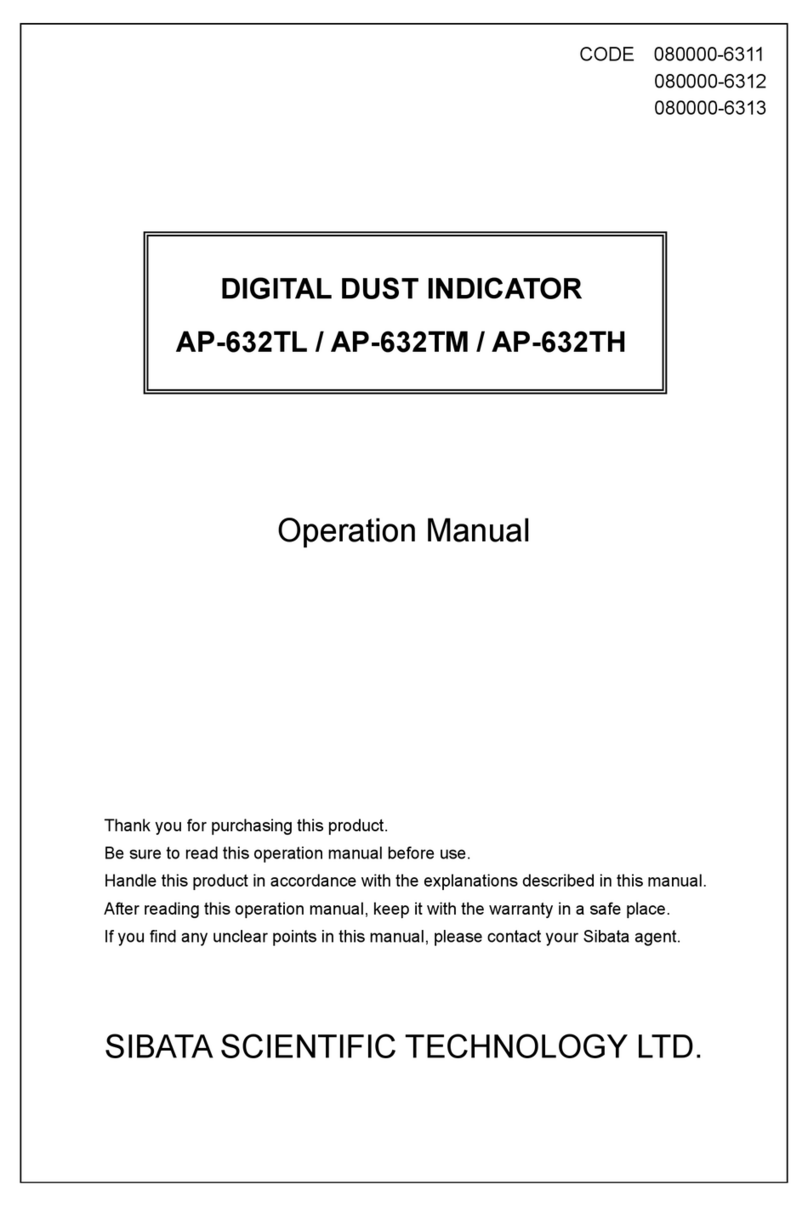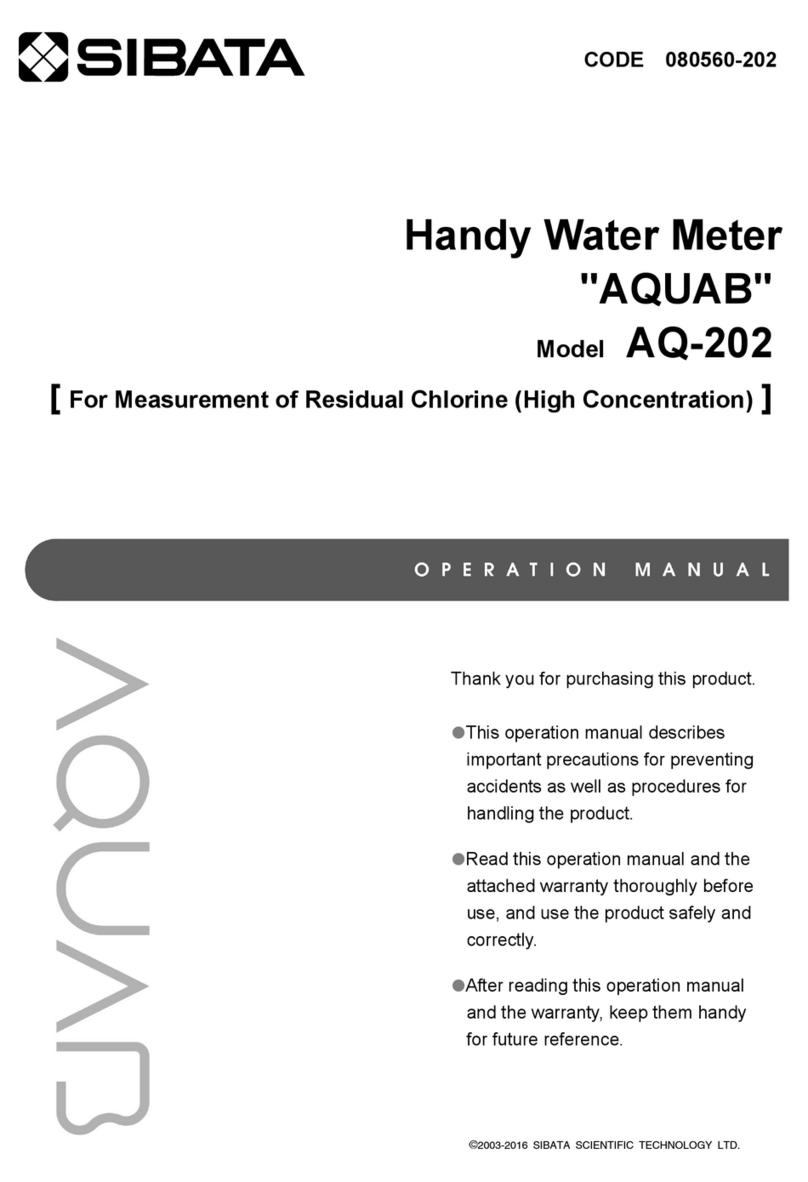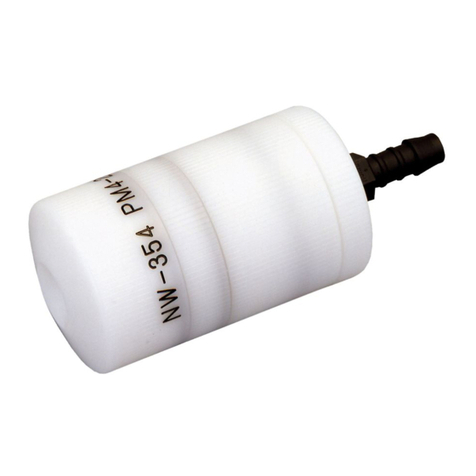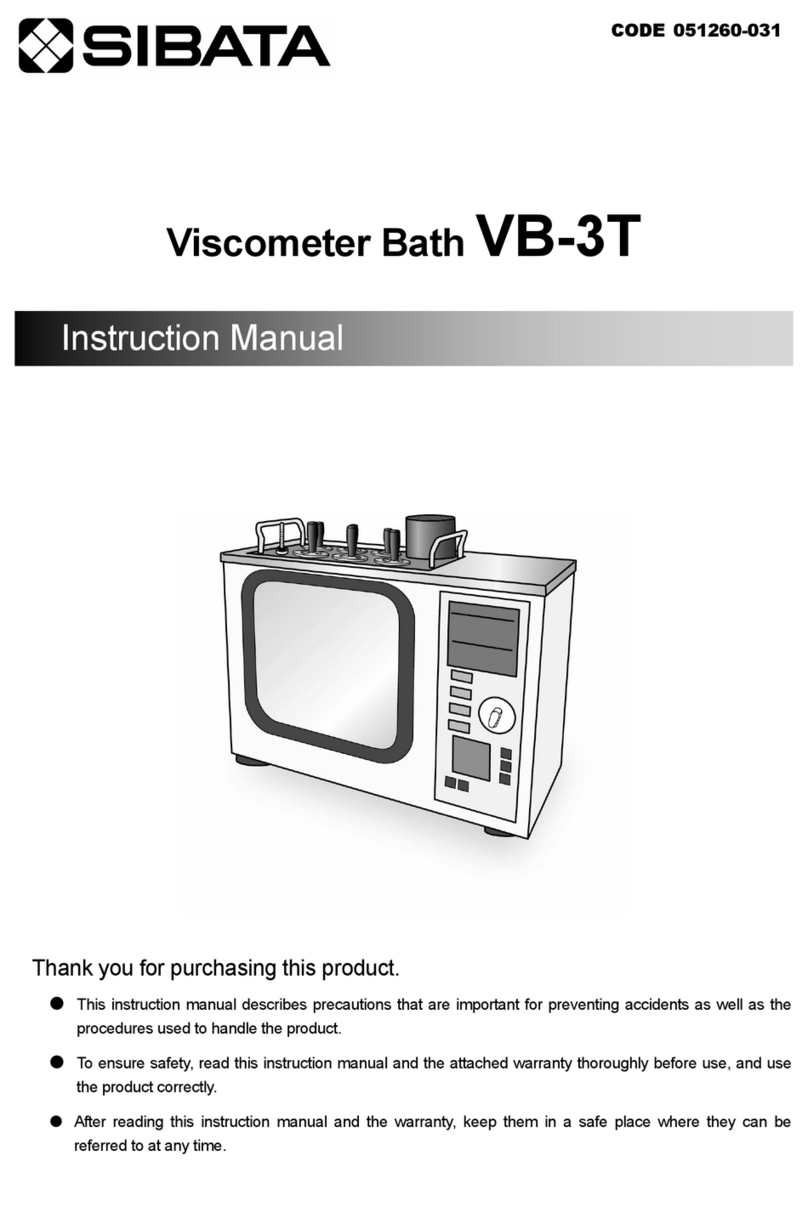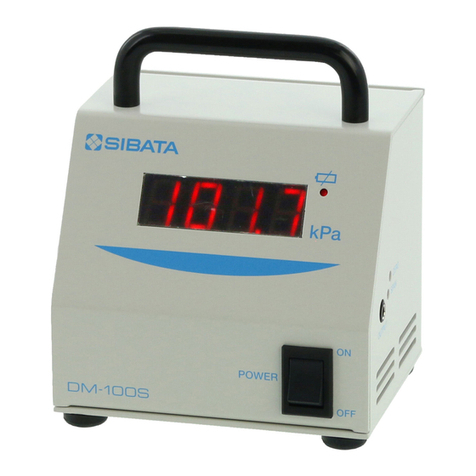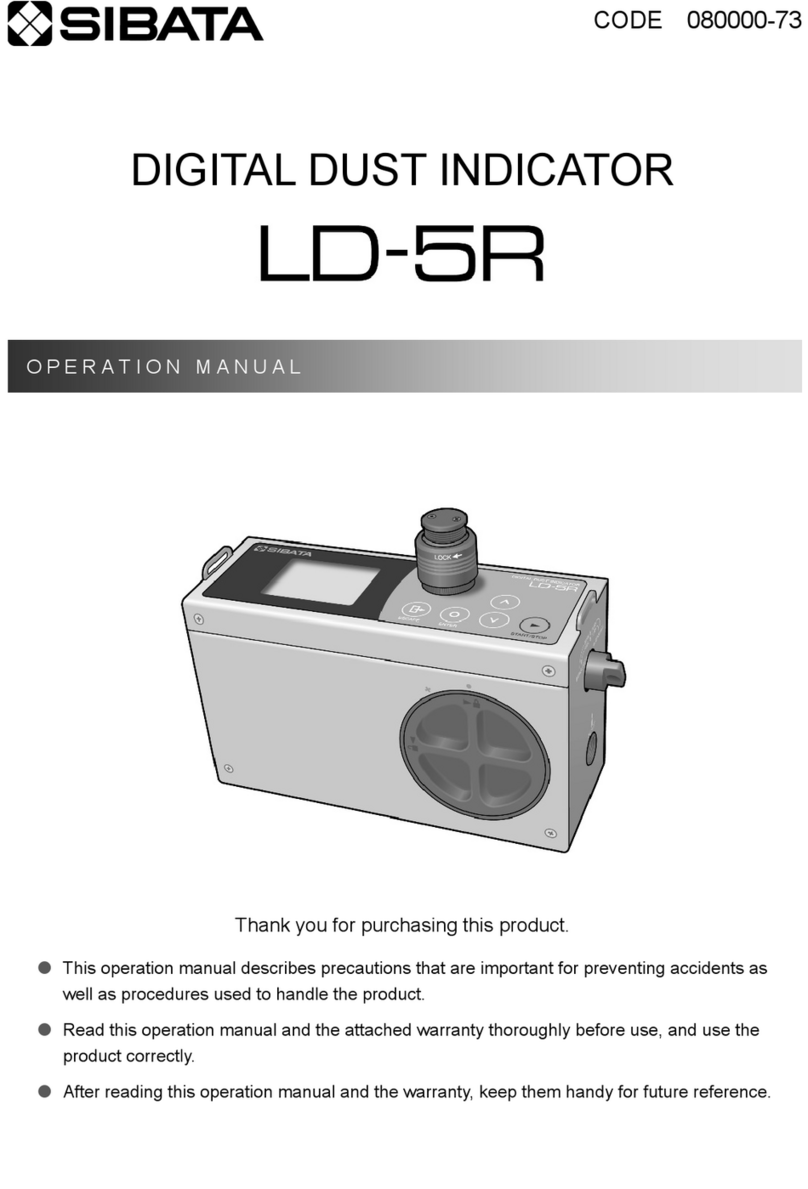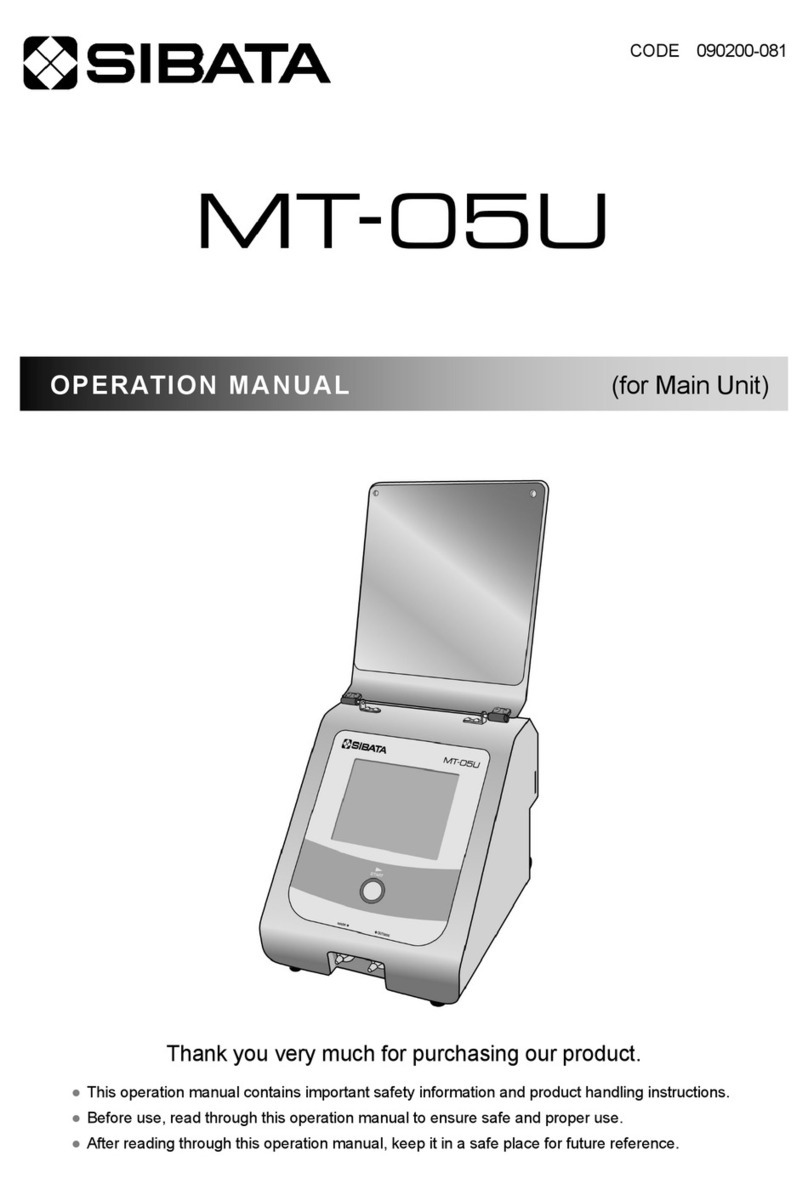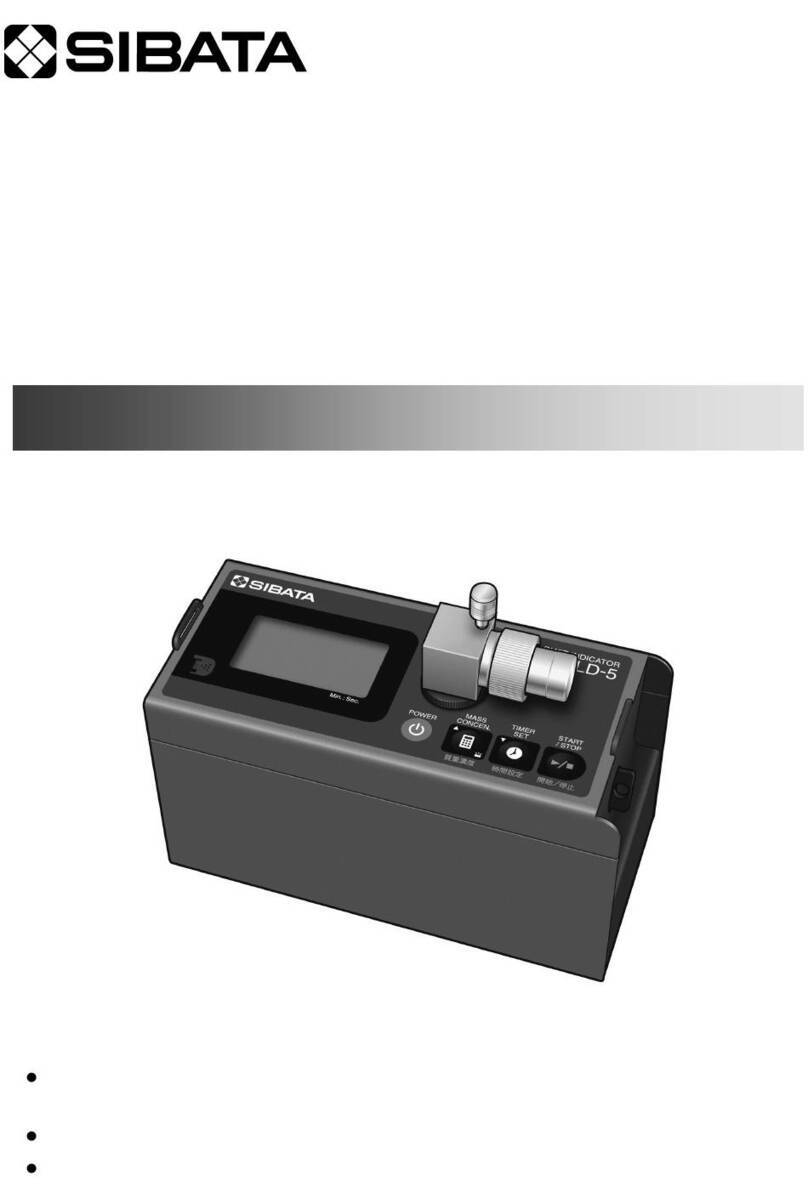
7
Instructions for Use
DNPH active gas tubes must be stored at low temperatures.
Therefore, be sure to take measures to keep them cool while
carrying them. If transporting them, make sure they are kept at
4 °C or below during transport.
zSampling (adsorption in the active gas tube)
(1) Cut open the aluminum bag with scissors or something similar.
(Markings on the aluminum bag indicate where to cut.) The bag
contains the DNPH active gas tubes individually packaged in aluminum.
Keep any bags not immediately used for sampling stored in a location
at 4 °C or below.
(2) Just before sampling, cut the small aluminum bag at the cut mark
indicated with an arrow (can be cut by hand). Then open the zip lock
seal and remove the DNPH active gas tube.
Note: The small aluminum bag includes a notation area for recording the measurement
point or other information. When writing down, use a pencil, which has little effect
on measurements, and avoid using an ink pen.
(3) Remove the polyethylene plug
and cap from the DNPH active
gas tube and use Toalon tubing
(flexible PVC tubing) or other
means to connect the active gas
tube to the pump. Then start
sampling. Perform measurements
in accordance with laws and
regulations applicable for given
measurement objectives.
Note: The outer diameter of the suction
end of the DNPH active gas tube is
about 6 mm.
Note: To measure concentrations in
outdoor air environments, Sibata
recommends using a separately sold
ozone scrubber connected to the end
of the DNPH active gas tube to avoid
the influence of ozone.
(4) After exposure, promptly reinstall the polyethylene plug and cap on the
DNPH active gas tube, put the assembly back into the small aluminum
bag, and seal the zip lock closure.
Then keep it stored in a location at 4 °C or below.
DNPH active
gas tube
Tube
Pump


